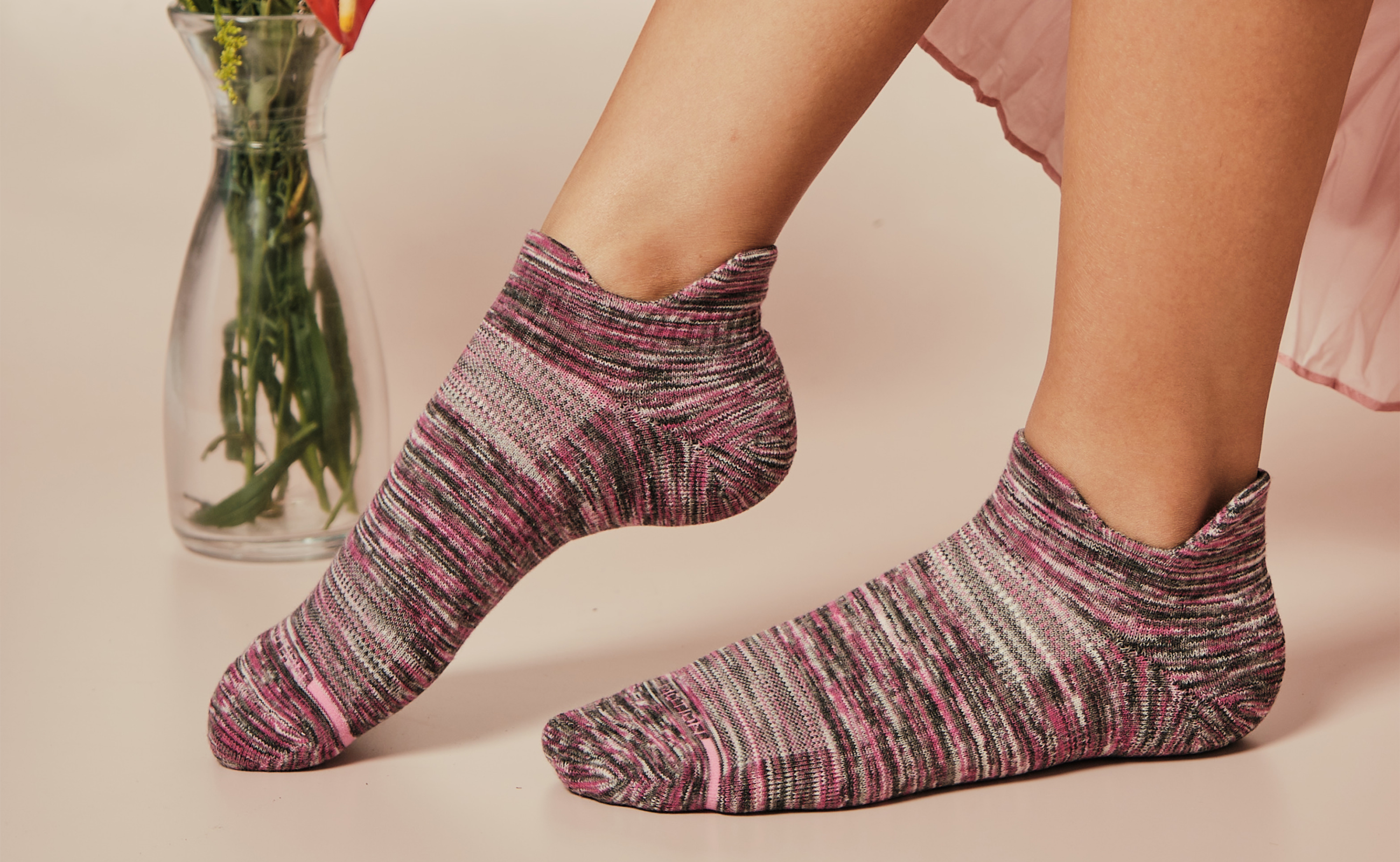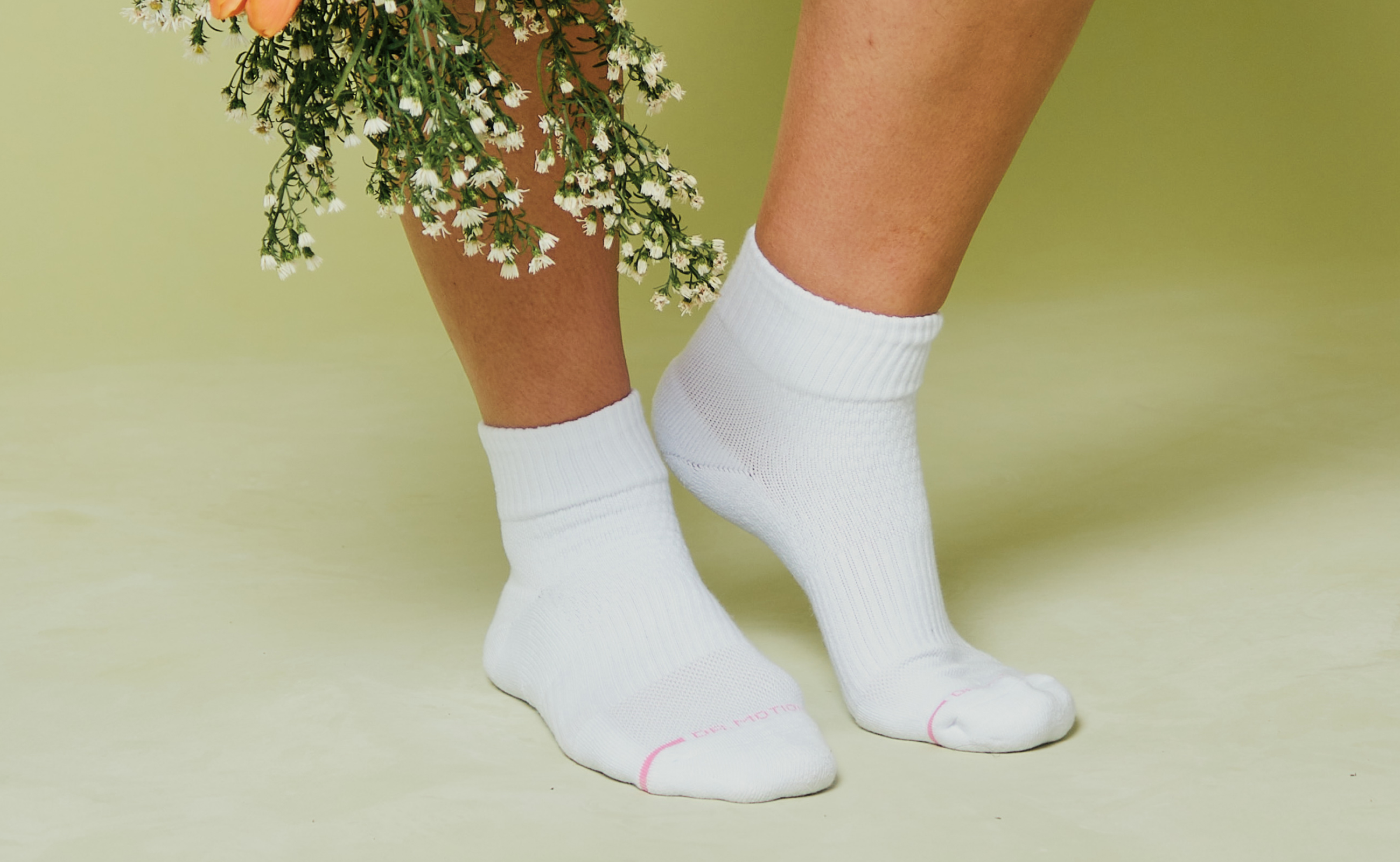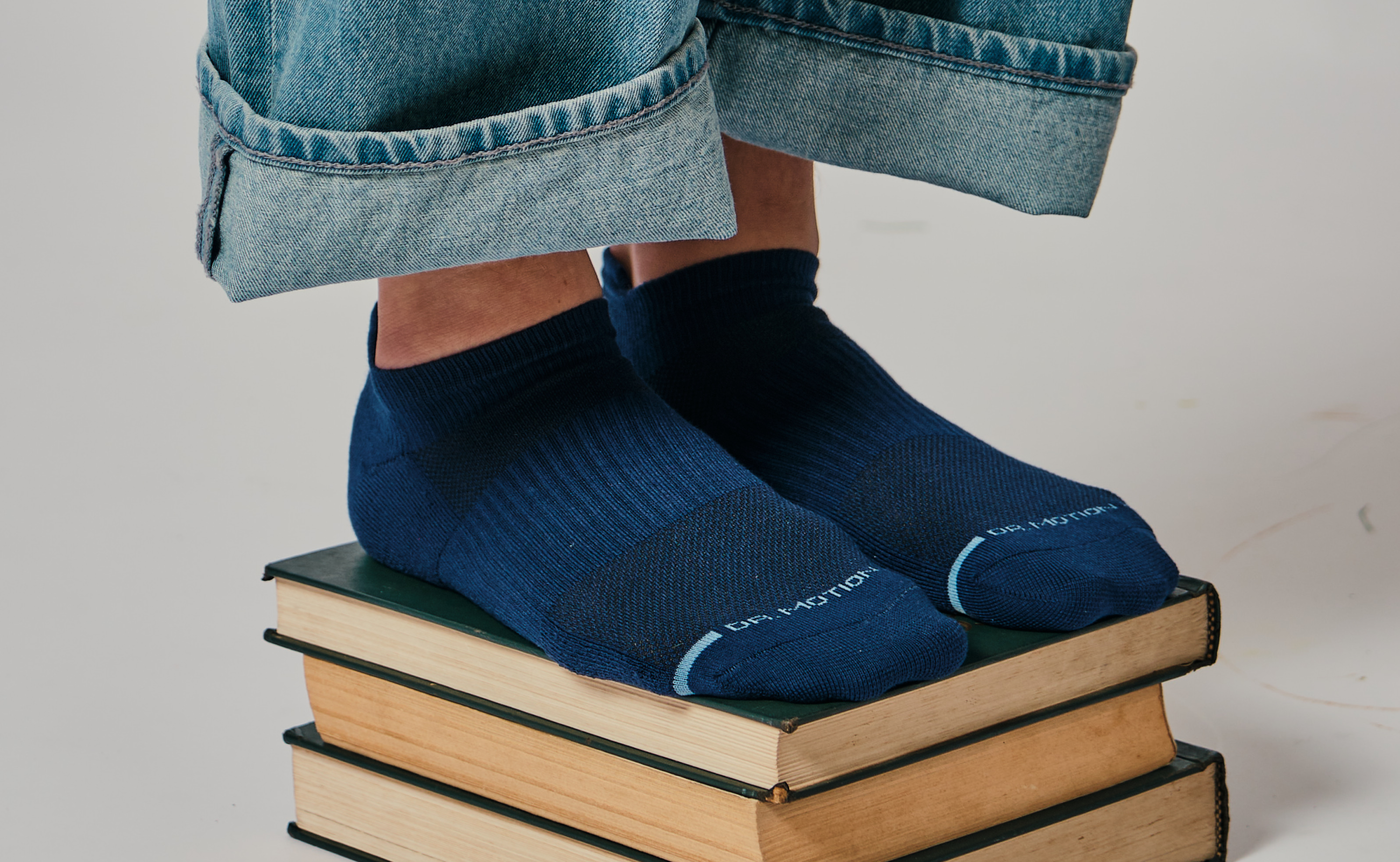Compression Socks and Edema: A Complete Guide to Relief
Edema, or swelling, is a condition that affects millions of people worldwide. While it can happen in different parts of the body, peripheral edema, which affects the legs, ankles, and feet, is one of the most common types. Fortunately, compression socks are an effective solution to help manage and alleviate its symptoms. In this comprehensive guide, we’ll explore what peripheral edema is, its causes, symptoms, and how compression socks can provide relief. We’ll also give you tips on how to wear them, what features to look for, and our top product recommendations.
Understanding Peripheral Edema: Causes and Key Insights
Peripheral edema refers to swelling that occurs in the extremities, mainly the legs, ankles, and feet. It happens when excess fluid leaks out of the blood vessels and accumulates in the tissues, leading to noticeable puffiness. This type of edema can be caused by a variety of factors, some of which are temporary, while others may be more serious. These include:
-
Prolonged Standing or Sitting
Remaining in one position for long periods can prevent proper circulation, leading to fluid buildup in the legs.
-
Heart Conditions
Congestive heart failure can cause fluid retention in the lower extremities due to poor circulation.
-
Kidney or Liver Disease
These organs help regulate fluid balance in the body, and their dysfunction can result in edema.
-
Pregnancy
The growing uterus can put pressure on the veins in the pelvis and legs, leading to swelling.
-
Medications
Certain medications, such as calcium channel blockers and steroids, may cause fluid retention as a side effect.
What Are the Key Symptoms of Peripheral Edema?
Recognising the signs of peripheral edema is key to managing the condition effectively. Here are the most common symptoms:
-
The most noticeable symptom is puffiness in the lower legs and feet, which may worsen throughout the day.
-
Swelling can cause the skin to stretch, making it appear shiny or tight.
-
If you press on the swollen area with your finger, it may leave a temporary indentation, known as pitting edema.
-
People with peripheral edema often experience a feeling of heaviness or discomfort in their legs.
-
The skin may take on a reddish or purple hue due to the pressure and fluid buildup.
-
In some cases, the swollen area may be painful or tender to the touch.
Why Are Compression Socks Essential for Edema?
Compression socks for edema are a simple yet effective treatment to reduce swelling and promote better circulation. These specialized socks apply graduated pressure to the legs, with the highest pressure around the ankle and decreasing gradually as they move up the leg. This helps prevent fluid from pooling in the lower extremities and supports healthy blood flow. Here’s why they are so essential:
-
Improved Circulation
Compression socks help stimulate blood flow, which is crucial for reducing fluid buildup in the legs and feet.
-
Reduced Swelling
By encouraging fluid to move back into the bloodstream, compression socks help alleviate the puffiness caused by edema.
-
Prevention of Further Edema
Regular use can help prevent the recurrence of edema, especially for those with underlying health conditions.
-
Pain Relief
These provide a mild level of pressure that can help reduce discomfort and the heaviness associated with swollen legs.
-
Faster Recovery
If you’re recovering from surgery, an injury, or prolonged immobility, wearing them can help speed up the healing process by promoting circulation.
Key Features to Look For in Compression Stockings for Edema
Not all compression socks are created equal. Here’s what you should consider:
-
Graduated Compression
Ensure the socks provide graduated compression, which offers higher pressure at the ankle and less pressure as they move up the leg. Our Moderate Compression collection offers a graduated pressure of 15-20 mmHg, which is ideal for managing mild to moderate edema.
-
Comfortable Fit
Ill-fitting socks can exacerbate discomfort or restrict circulation. Look for socks with a terry inner lining for added cushioning and moisture-wicking properties. Additionally, those with seamless toe construction help reduce friction and irritation.
-
Durability
Compression socks for leg edema should be made from durable, stretchy materials that can withstand regular use. Our construction involves a carefully chosen blend of Cotton, Nylon, Spandex, and Polyester, providing the perfect balance of comfort, flexibility, and long-lasting performance.
Best Compression Socks for Edema: Top Recommendations
We have a wide range of options, but we recommend starting with mild to moderate compression. Our Everyday Compression™ collection offers mild compression of 8–15 mmHg, which is ideal for preventive purposes or alleviating mild swelling. Our moderate range provides 15–20 mmHg, which is more suitable for those experiencing moderate swelling. These levels are effective when there are no underlying medical conditions, but if you have heart disease, kidney disease, or chronic venous insufficiency, it’s best to consult with a doctor.
For effective coverage, we suggest exploring our knee-high collection, which provides support over a significant portion of the leg. However, if you're looking for full lower body coverage, including the thighs and lower abdomen, our graduated compression tights are a perfect option. These tights deliver 18 mmHg of compression at the ankle and 5 mmHg at the thighs.
How to Wear Compression Socks for Edema?
There’s a proper approach to wearing compression socks for edema. Here’s how to make the most of them:
-
Consistent Wear
You need to wear them regularly to get the best results.
-
Start Gradually
If you’re new to compression socks, it’s best to start wearing them for shorter periods. Gradually, you can increase the time as your legs adjust.
-
Wear Them During Activities
For optimal benefits, wear them while engaging in activities such as walking, exercising, or sitting for extended periods.
Extra Steps to Take for Better Edema Management
Along with wearing them religiously, try out these additional tips:
-
Elevate Your Legs
You can reduce swelling by elevating your legs above the level of your heart. It allows gravity to assist in fluid movement.
-
Stay Active
Regular physical activity, such as walking or swimming, can improve circulation and prevent fluid buildup in the legs.
-
Consult a Doctor
If you experience persistent swelling or pain, it’s important to consult a doctor to rule out any serious underlying conditions, such as heart, kidney, or liver disease.
Concluding Insights and Your Next Step Toward Comfort
Compression socks for edema offer an effective, non-invasive solution for managing swelling and boosting circulation in the legs and feet. With the right level of pressure and proper use, you can find meaningful relief from discomfort. Our collection features high-quality options in a variety of lengths and patterns to suit your needs. So, don’t let swelling slow you down. It is time to embrace the power of compression and reclaim your comfort and mobility.
Disclaimer: This article provides information solely for educational purposes, including but not limited to text, graphics, images, and other materials contained herein. This article is not intended to substitute for professional medical advice, diagnosis, or treatment. Always seek the advice of your physician or another qualified healthcare provider with any questions you may have regarding a medical condition.








